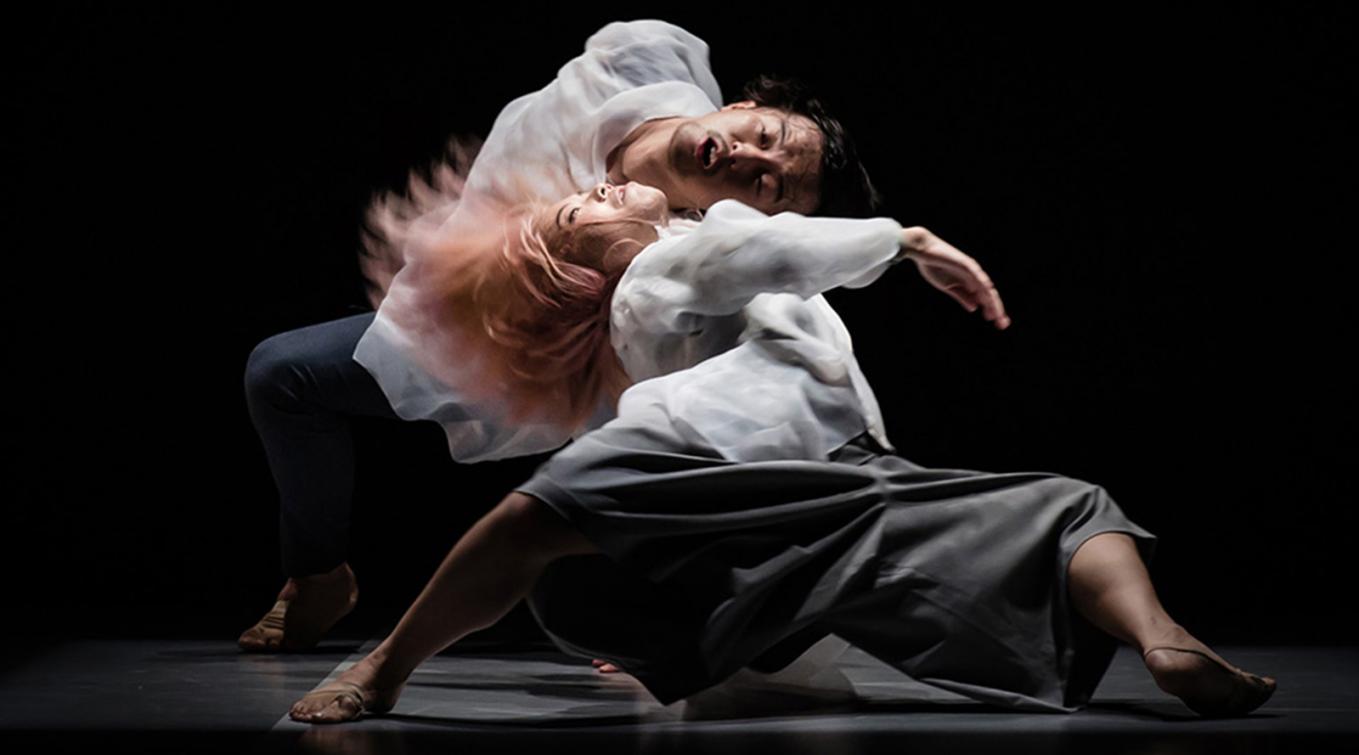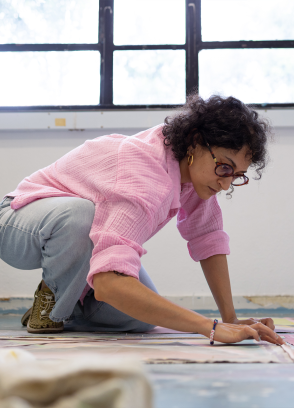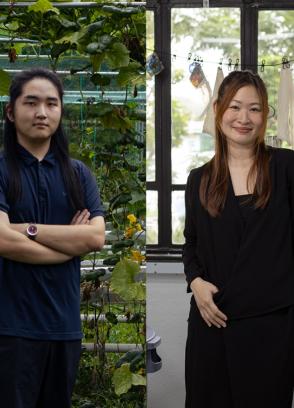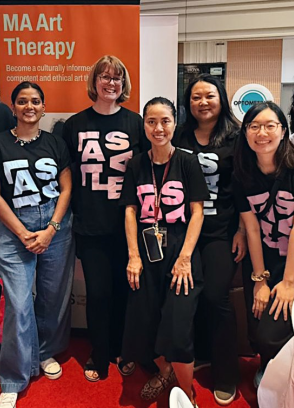The A List
28 January 2018
While 28-year-old Anthea Seah has spent most of her time dancing since joining her school’s dance society when she was in Secondary One, her decision to go into dance full-time took a while to cement. During that period of mulling, she completed an engineering degree at Nanyang Technological University (NTU), while getting her dancing fix by joining the university’s contemporary dance club Contemp{minated}.
“I knew that it would be difficult choosing dance as a career path, and it took me a few years to figure it out. But once I made up my mind, I knew it was something I was going to fight for,” Seah recalls.
Upon graduation from NTU, she went on to pursue a BA(Hons) in Dance at LASALLE College of the Arts, and joined T.H.E Second Company (a part-time training programme) before she became a principal company dancer at T.H.E, and an assistant to its artistic director Kuik Swee Boon. Seah was drawn towards contemporary dance because she felt she could best express herself through this genre.
“Contemporary dance is whatever you define it to be. It’s a bit like cooking, after you’ve learned the different recipes for various dishes, you start to break the rules, do your own thing and create your own dishes,” she explains.
Last year, Seah was one of three artists selected by T.H.E to choreograph a piece for the company’s annual liTHE production. Her work was titled Second Nature, a response to certain aspects of human nature such as gender.
Rather than getting dancers to learn the steps, Seah adopts a more open-ended approach. “I start choreographing a piece with a particular notion and image. After that, I will create a task for the dancers and get them to respond. They will interpret things differently and from there, I will pick up on things I find interesting,” she says.
Seah is also an instructor with Contemp{minated} and helps out with Sigma, a semi-professional contemporary dance collective. Her hope is that more people can make dance a part of their everyday lives.
“Dance clubs and societies are so popular in schools, but most of the people who joined these groups don’t really go for dance performances or join dance classes after graduating,” she observes. This is why Seah makes it a point to advocate openness by being a nurturing coach to the young dancers she interacts with, encouraging them to appreciate and explore dance in all its different forms.
“Don’t be afraid of something that is supposed to be ‘arty’. You don’t have to understand something totally to enjoy it, you just have to be open to the experience.”




